
The oceans of Planet Earth currently contain about a quarter million species of marine organisms, which together constitute the Marine Food Pyramid and the Marine Food Web. If we do not change our ways, radically and fundamentally, immediately or sooner, we stand to drive over 90% of them, or more than 225,000 species, to extinction, and that is from the oceans alone.

Worse if we look at the Marine Food Pyramid in terms of its 6 Trophic Levels (TLs), namely:
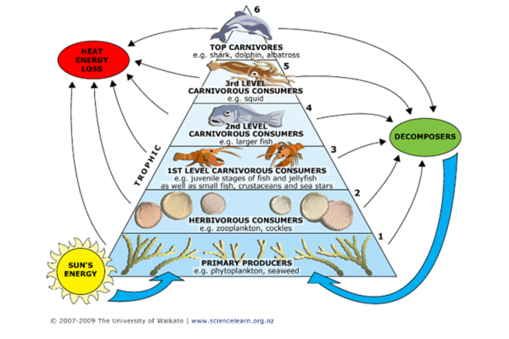
- TL1. Phytoplankton (otherwise known as "Producers", which convert solar energy and CO2 into organic matter and oxygen),
- TL2. Zooplankton (which feed on the Phytoplankton and other Zooplankton, e.g. krill),
- TL3. Primary Consumers (which feed on plankton e.g. carols, and feed on krill e.g. small fish and baleen whales),
- TL4. Secondary Consumers (which feed on the Primary Consumers, e.g. medium fish, cephalopods e.g. squid, etc.),
- TL5. Tertiary Consumers (which feed on the Secondary Consumers, e.g. large fish) and
- TL6. Quaternary Consumers (which feed on the Tertiary Consumers, e.g. Great White Shark, Giant Squid, all marine mammals, and humans).
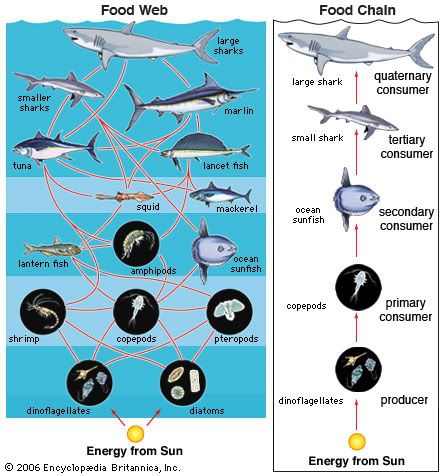
Of this 250,000-species global treasure the Marine Food Pyramid/Web, all the fishes on all levels and pathways combined number only 15,000 species, and all the marine mammals (whales, dolphins, seals) total only about 120 species. And all of these advanced species will likely be among those that would go extinct, as will likely be most the corals and most arthropods (krill, crabs, lobsters).
The mechanism of marine ecological collapse is two-fold: ocean warming, which is unfavorable to plankton growth, and ocean acidification, which is detrimental to all organisms with skeletons composed of calcium carbonate, which means all species with skeletons, including most phytoplankton species, krill, the crustaceans, and all corals).
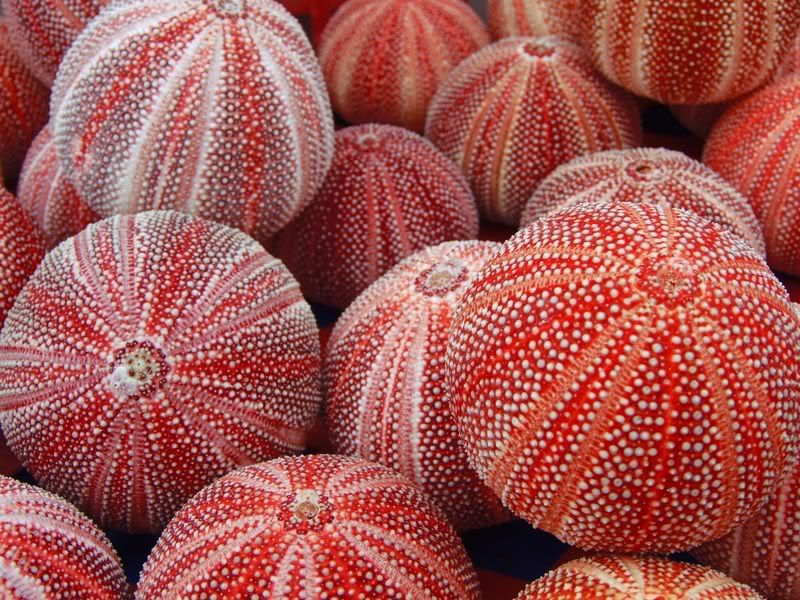
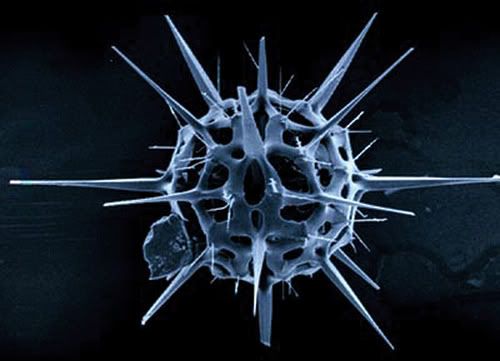
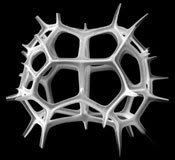
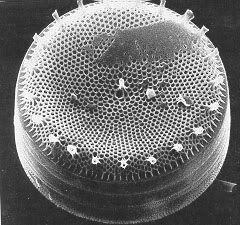
The pH of the oceans has dropped (acidified) from 8.2 to 8.1 since industrialization, and susceptible species have begun to die off. By pH 7.8, all plankton species will be impacted, and with their decline, or demise, so will the species on the higher trophic levels, all the way up to the top sharks, the seals, dolphins, whales, even the humans.

This is not all speculation and computer modeling. It has happened before, and can happen again. We are talking about Earth's Mass Extinction bouts, in #6 of which we are as we speak deeply entrenched. 50 years ago, the planet was losing about 20 known species a day; today, we are losing over 100 known species a day, meaning possibly ten times that many unknown species. And when it is all said and done, we will have lost over 1.5 million known species, and many times that many unknown species, land, air and sea.
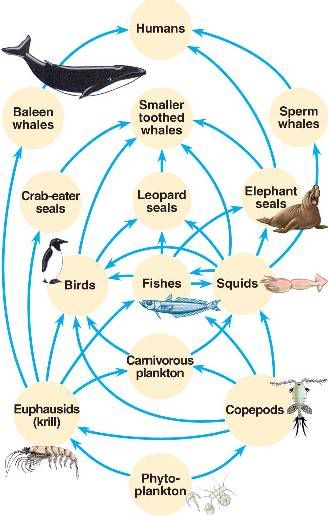
When we talk about mass extinctions, the End-Cretaceous Extinction 64 million years ago, the one that wiped out all the dinosaurs - Mass Extinction #5 - comes to mind. But first, at about a 50% extinction rate, it is not the most severe among the Big 5, eliminating "only" about 50% of Earth's species including all the dinosaurs, and second, it is not caused by global warming, but by an asteroid.
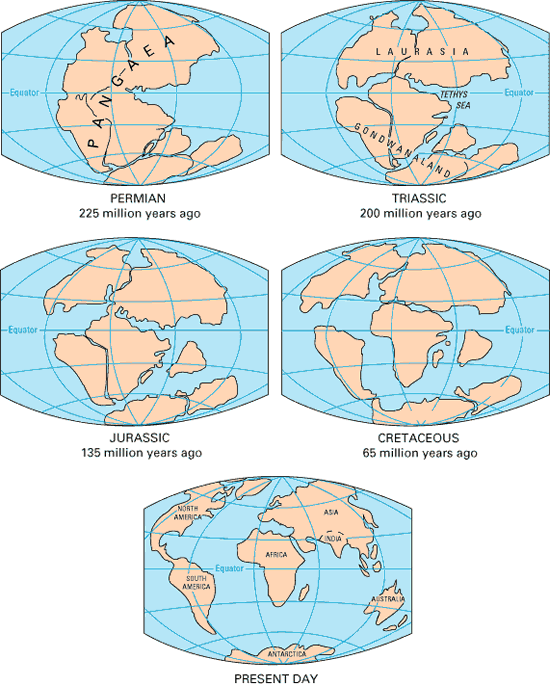
The worst of them all was #3, the End-Permian Mass Extinction 251 million years ago, which drove some 75% of all land species and 95% of all marine species, including all the corals, to extinction. And it was caused by global warming resulting from geological activities associated with the break-up of the super-continent Pangaea.
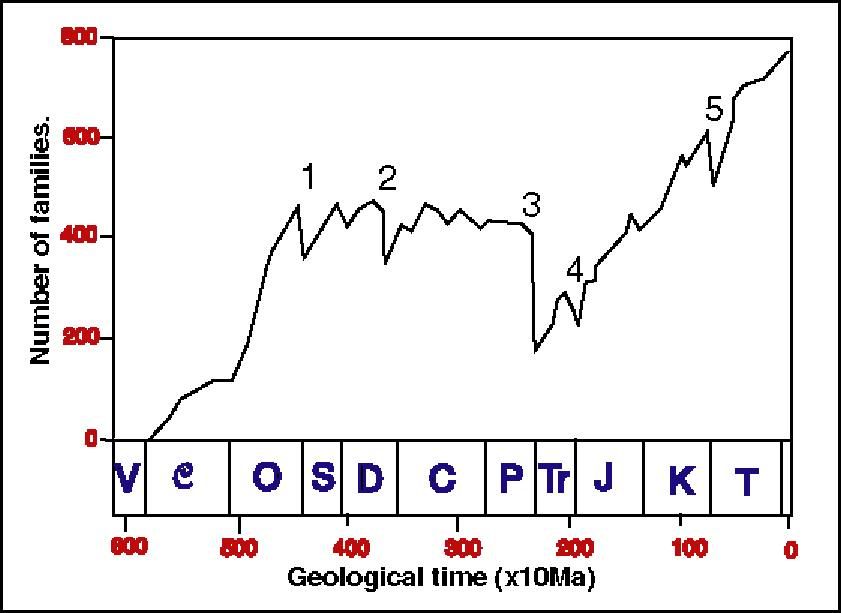
The conditions are right for Mass Extinction #6 being a repeat of Mass Extinction #3, or even to out-do it.

This won't be immediate, at least not in the human time frame - perhaps a century or two, or three, but it will happen if we follow our current trajectory. The only difference is: Which of our future generation shall we devastate the most?
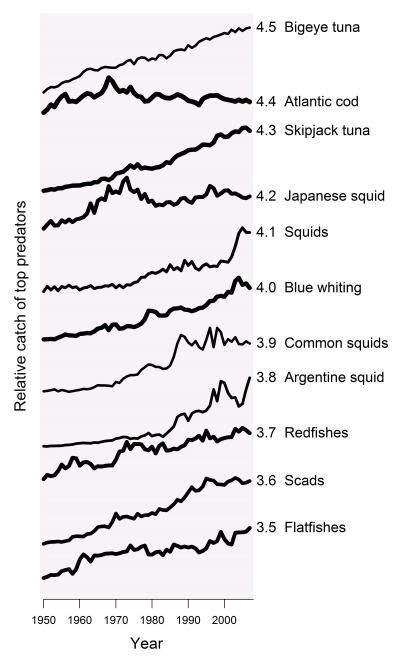
Meanwhile, as we do the Amazon rainforest on land, so we rape the oceans and the seas, directly, by highly effective machinery from chain saws to trawlers, to drain pipes of pulp mills, to floating islands plastic, as if there is no tomorrow. Many previously major species have been fished out of commercial existence, and poaching, such as shark-finning, kills off up to 90 million sharks a year, of which over 200 species are endangered. At the rate we're going, perhaps there will be no tomorrow after all.
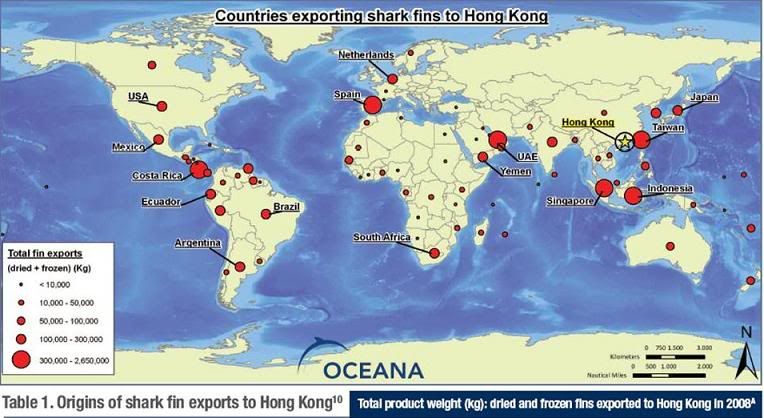
Imagine an ocean without whales, dolphins, seals, sharks, cod, octopus, lobsters, crabs, nor a single coral reef. It will still look breath-taking from a beach at sunset, but our soul will be filled with that ocean's desolate emptiness.
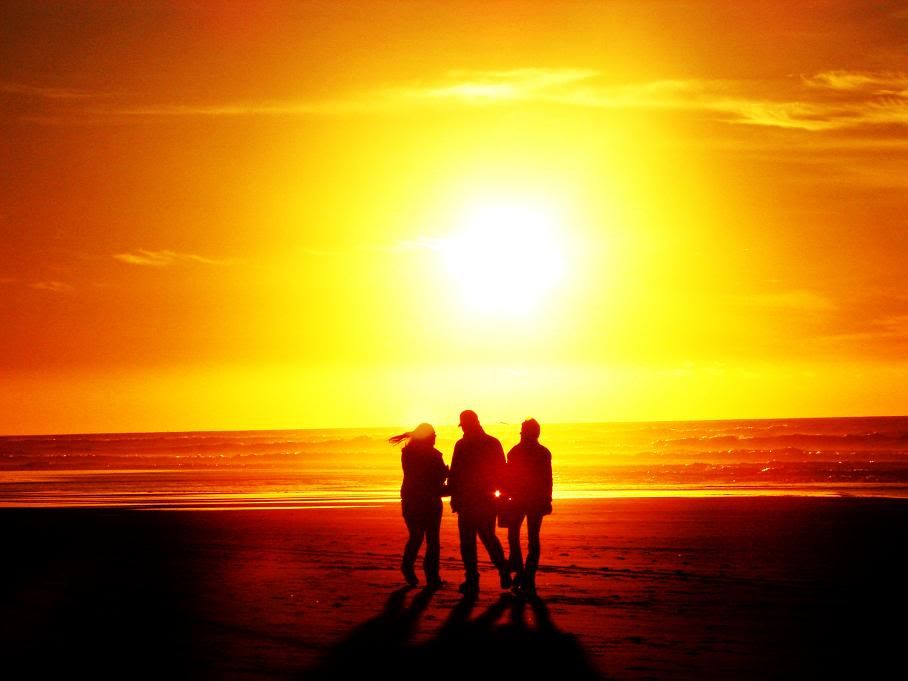
Anthony Marr, Founder and President
Heal Our Planet Earth (HOPE)
Global Anti-Hunting Coalition (GAHC)
Anthony-Marr@HOPE-CARE.org
www.HOPE-CARE.org
www.facebook.com/Anthony.Marr.001
www.facebook.com/Global_Anti-Hunting_Coalition
www.myspace.com/AnthonyMarr
www.youtube.com/AnthonyMarr
www.HomoSapiensSaveYourEarth.blogspot.com
www.DearHomoSapiens.blogspot.com (AM's 3rd-book-in-the-making)
www.myspace.com/Anti-Hunting_Coalition
www.ARConference.org
2 comments:
"The Ocean of Life"
(The Fate of Man and the Sea)
by Callum Roberts
This book is about the reality of our Ocean(s) in peril but reveals what it would take to steer the right course to safeguard (heal) the Ocean(s) while there is still time!!!
Without the Ocean(s)
we cease to exist...
Vimax Asli
Obat Aborsi
Jual Obat Aborsi
Post a Comment